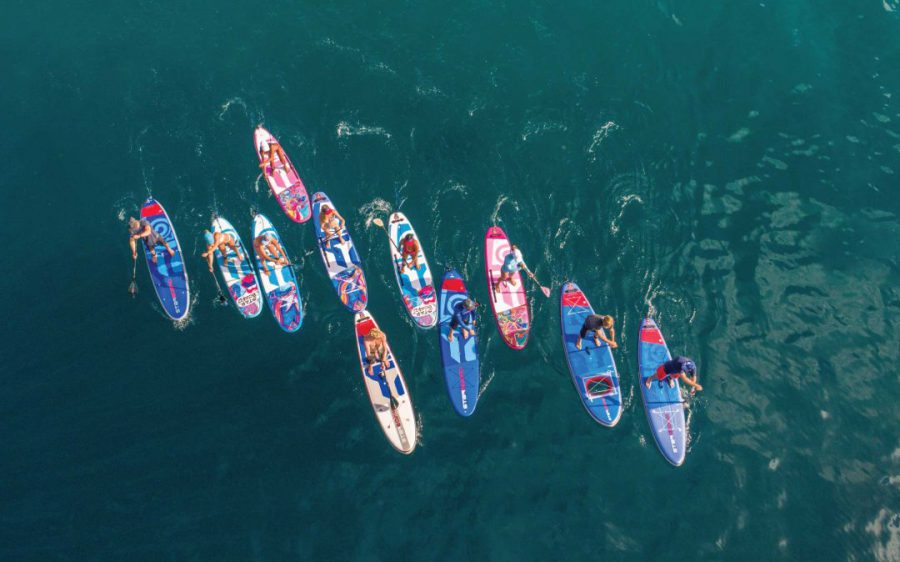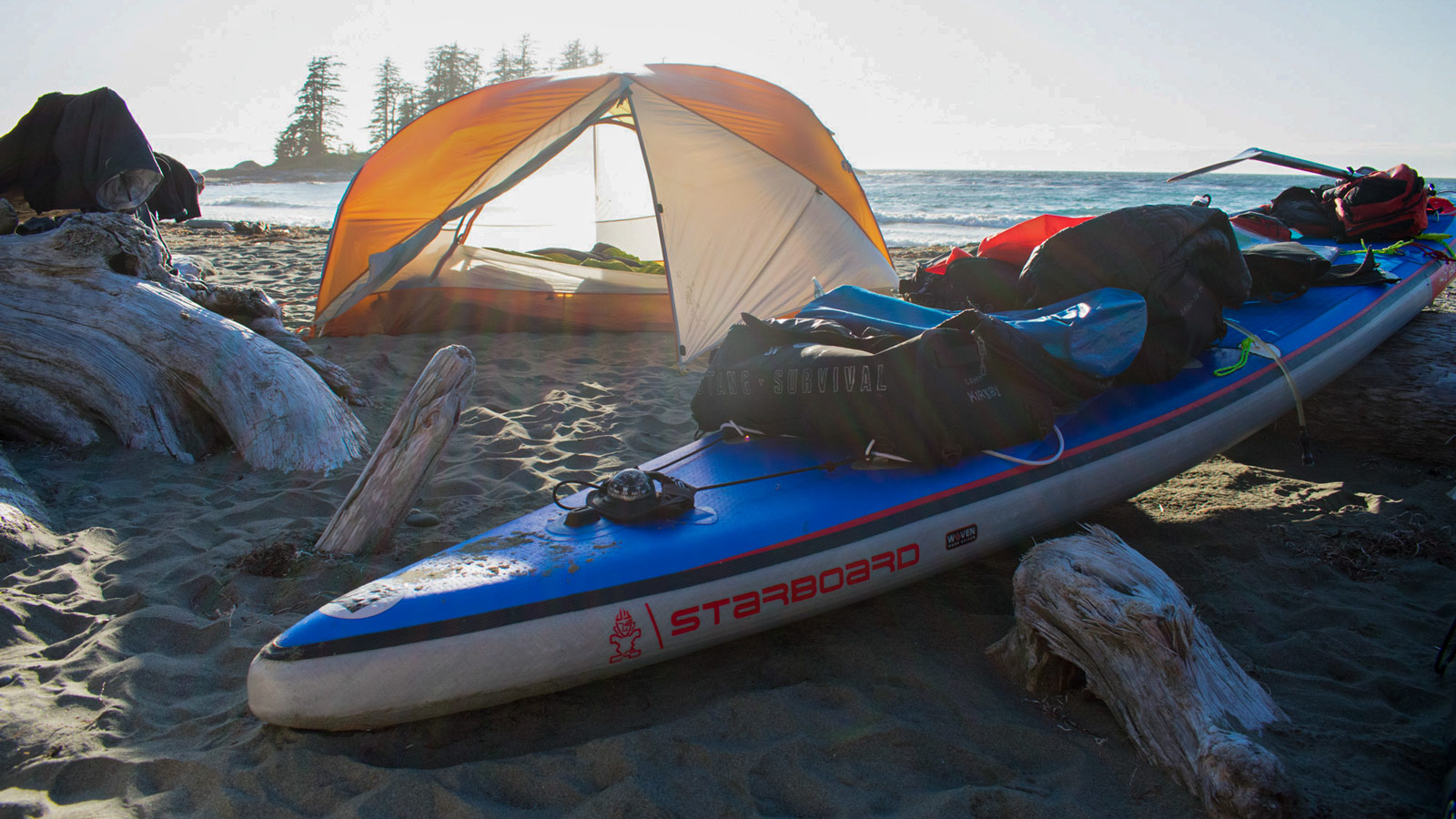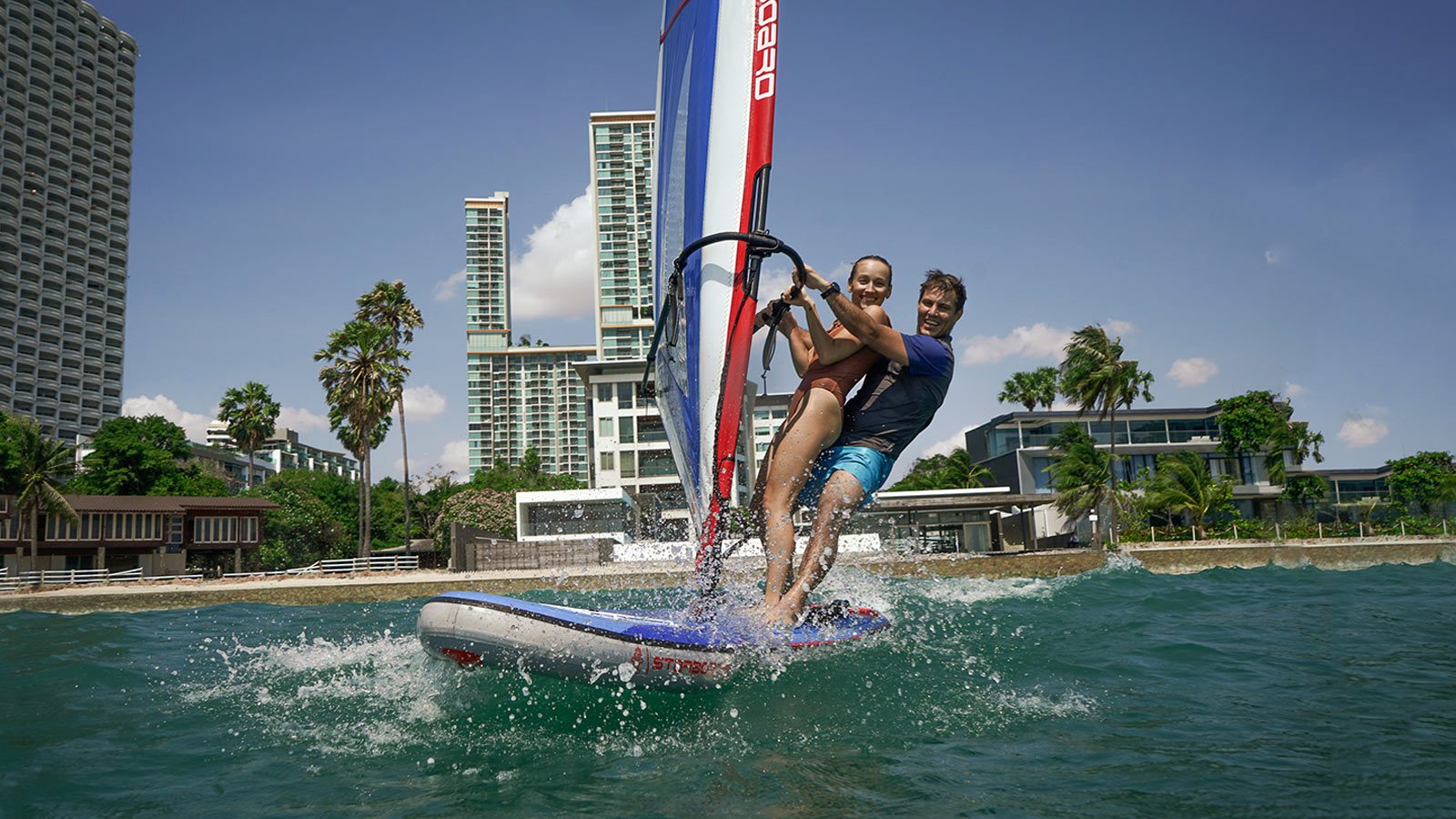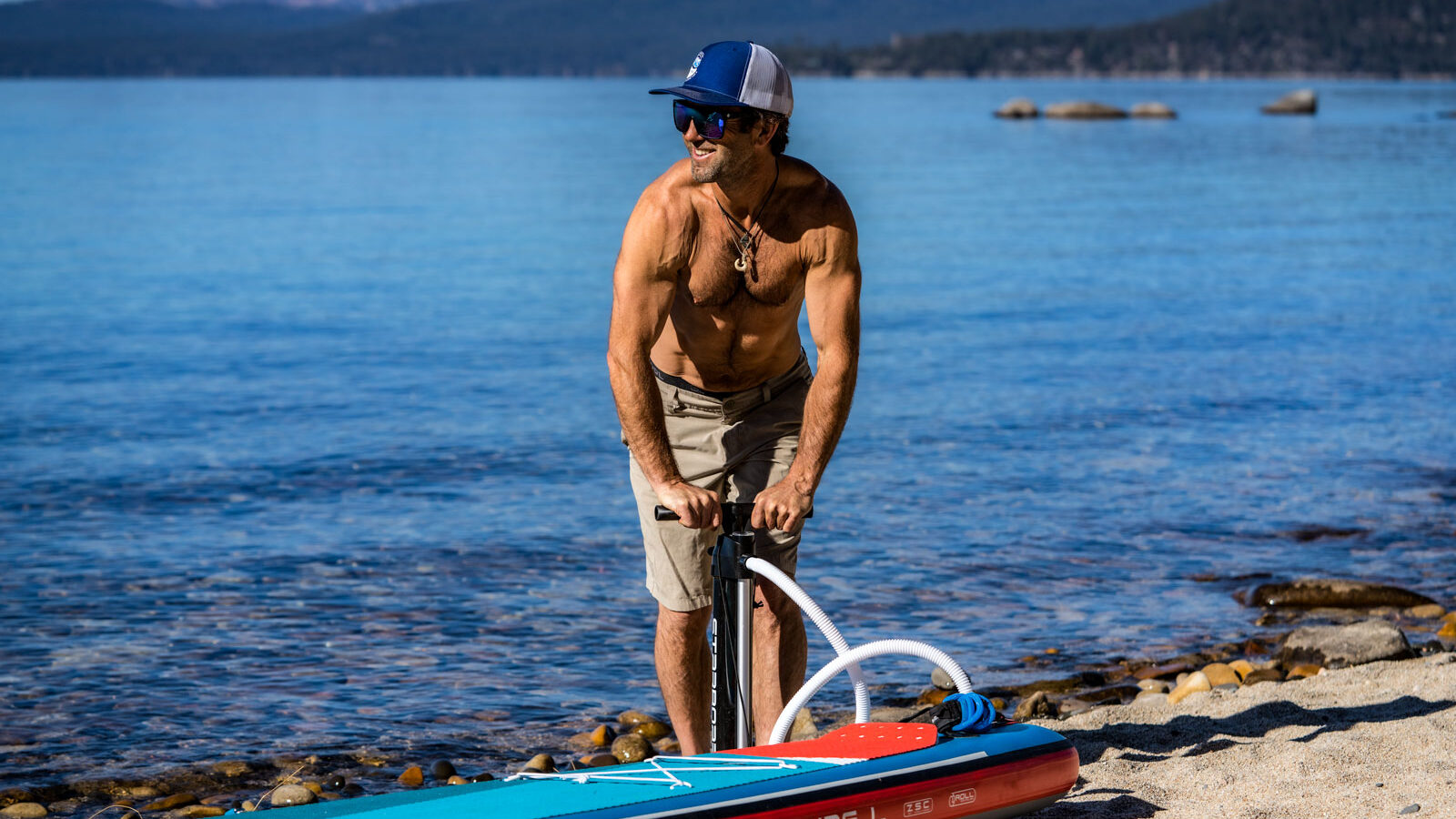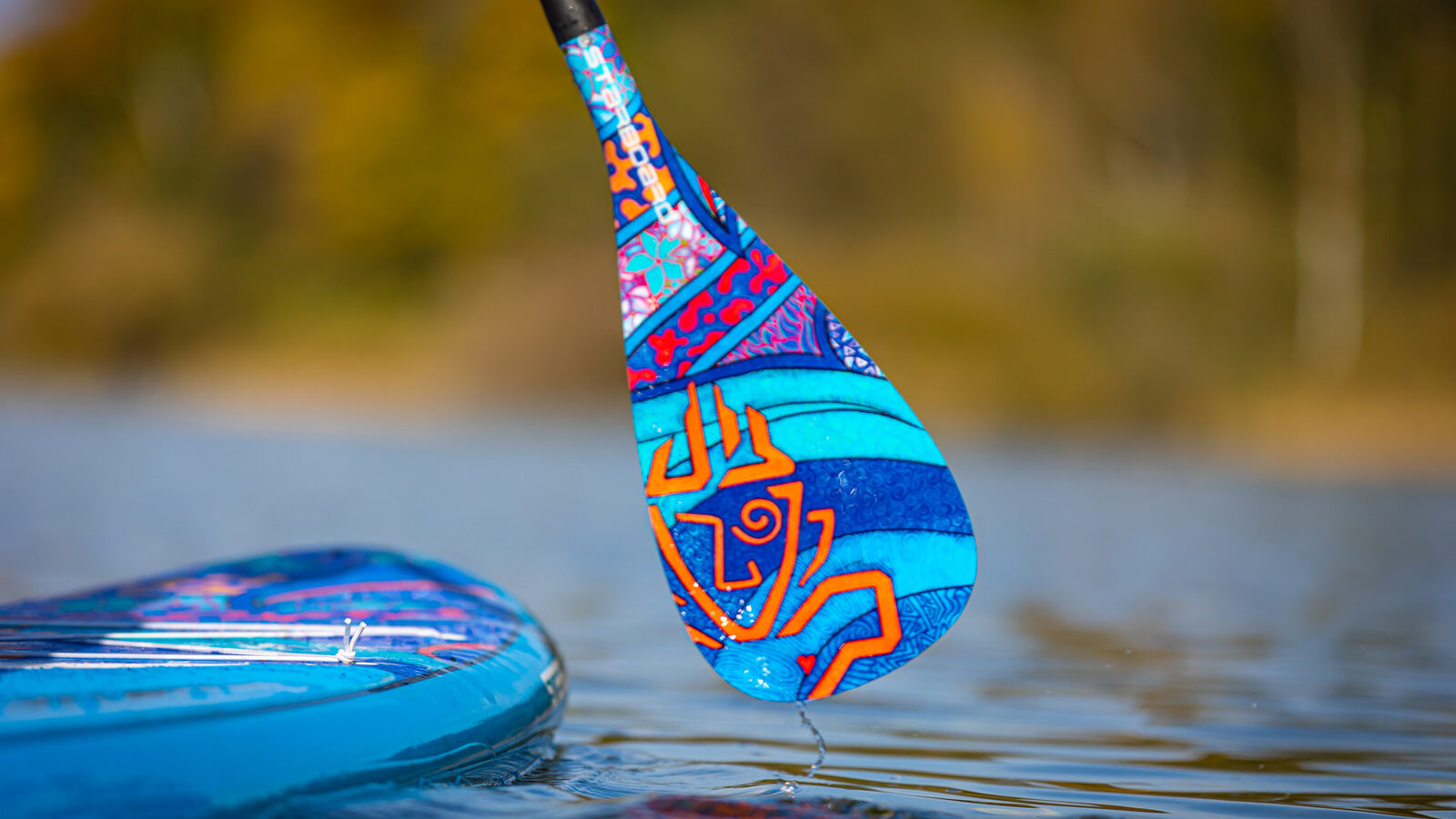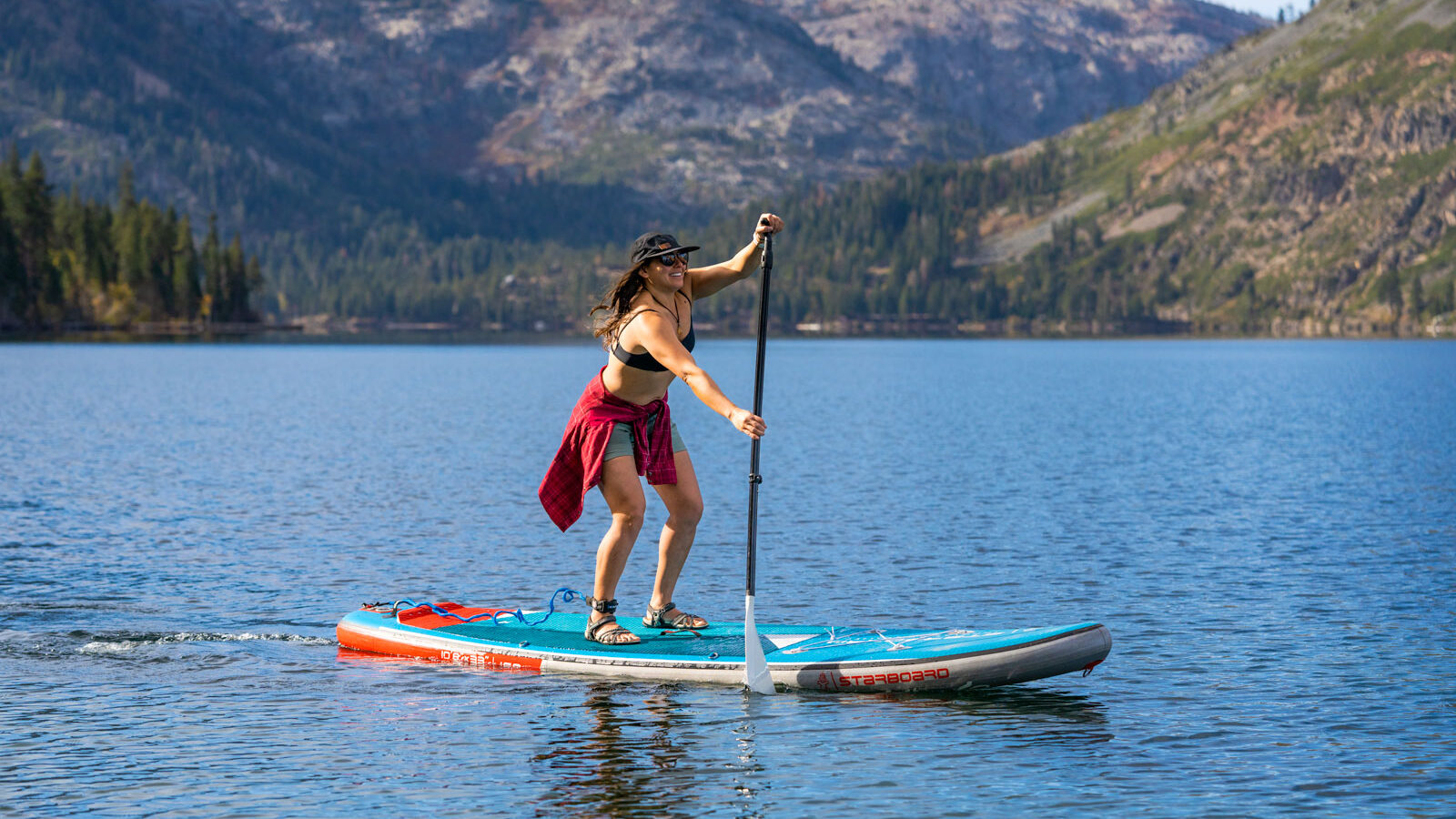A definitive guide to choosing your first Starboard Stand Up Paddle Board.
by Starboard NZ Teamrider, SUPWell PaddleFit Pro Coach and ISA / Surfing NZ Qualified SUP Instructor, Victoria Stuart.
- Who’s paddling this board?
- What is the rider’s weight and height?
- What is the rider’s ability level?
- What are you using it for?
- Where will you use it?
- What about storage and transport?
- How strong are you?
- How much do you have to invest?
- Got Your Paddle, Leash & PFD?
- Do you love the Ocean?
When you pick up a Starboard product catalogue or land on the Starboard Website, the sheer size of the range, and the number of boards to choose from, can be pretty overwhelming – I know this only too well, because it’s my job to help you on your journey to becoming a stand up paddler. No matter how many filters and tags we put on the products that go on our website, there’s still no easy way to choose a board online. So I’ve put together these 10 questions for you to ask yourself when you start looking for a board:
Question 1: Who is Paddling This Board?
If you’re the only person who’ll be using your board, lucky you! You can choose a board that is a 100% perfect fit for your size, shape, ability level and what you want to do with it. If you’re planning to share the board among family members, you’re best to consider the height and weight of the biggest person using it, and also the size of the person who will use it the most. Usually, you’ll want to find a middle ground, leaning more towards the main user.
Question 2: What Is The Rider’s Weight And Height?
Starboard provides a “RECOMMENDED RIDER WEIGHT” for every board that allows you to find all suitable boards for riders of all weights, from Under 40kg to Over 100kg.
It’s important to pick a board with the right weight capacity so you will be stable and the board will perform how it’s meant to. The only thing worse than a board too small or narrow, that means you’re always falling in, is a board that is too big and hard to control in the wind.
Question 3: What Is The Rider’s Ability Level?
Regardless of whether you are a beginner, intermediate or advanced paddler, there are three basic pointers to remember:
1. LONG = FAST. A longer board generally glides better due to its increased water-line length
2. WIDE = STABLE. A wider board generally provides more stability
3. SHORT = TURNS. A shorter board generally turns better
But let’s not assume that all first-time board buyers are new to stand up paddling! You may be doing a PaddleFit program, have hired a board, or mucked around on a friend’s board before.
TRY BEFORE YOU BUY! We get that a SUP is not a small ticket item, and we really recommend you test a few boards to see what you like before you take the plunge.
Contact your local Distributors and ask about their next Starboard demo day, or maybe sign up for a class or two. Learning new skills and good technique will improve your paddling ability faster, and you will end up buying a board that you won’t outgrow as you get better.

Question 4: What Are You Using It For?
Usually, when you start out in paddling, you want an ALL ROUND / CRUISING style board that lets you try a bit of everything. You can catch a wave on pretty much any Starboard board, so if you’re thinking you’d like to try a bit of surfing, you’d be sweet with anything in the ALL ROUND / CRUISING range, a BLEND or a WHOPPER.
If you’re using it for fitness, racing, or maybe to do a little island hopping or exploring, you want to choose a longer board – something over 10’. The GO boards are ideal, really stable, beautiful glide, and of course, amazing artwork thanks to World #1 ranked female paddler Sonni Honscheid.
If you’re just mucking around off the beach or boat, catching small waves, or you’re very small in stature, you could go down to around 9’0 and still paddle ok in flatwater. If you’re thinking mostly surfing, a little bit of tiki-touring or flatwater, you could consider a WIDE RIDE or a WIDE POINT. If you’d like to get into downwind paddling, you’re going to want something 12’6 or 14’ and Over.

Question 5: Where Will You Use It?
If you’re buying a board that you’re going to use 90% of the time on flat water or small chop (about knee height), in a harbour, on a lake or on a river, you want to choose a nice long slender board.
The Starboard TOURING range has a 14’, 12’6, and 11’6 options and several different widths to suit different rider weights. Or if you’re pretty stable and comfortable on a board, you might want to consider a wider race board.
If you’re still in the beginner to intermediate zone, the GO boards are the perfect flatwater solution. If you’re using it mostly on a surf beach, then go for one of the BLEND range. These surf like longboard surfboards, and make it really easy for you to catch your first waves, as well as having a good amount of glide to cover longer distances.
Question 6: What About Storage And Transport?
You guessed it. This is where we work out if you need an inflatable board or if you’re better with a hardboard. If you have room to store it, a means to transport it, and you can lift it, then I’d recommend a hardboard.
If you want to travel with your board (such a cool way to experience the world!), you live in an apartment or on a boat, or you don’t have a car, then an inflatable board in a magic travel bag, complete with roller wheels, backpack straps and a two-way pump (with room for your summer clothes), is the best option for you. The other reason you might choose inflatable is that they are generally lighter and easier to lift and carry. And if you’re using your board often, you can always leave it inflated and tie onto a car.
The only downside to inflatables is that they don’t perform quite so well in choppy conditions and wind. So think about the location you usually paddle, and whether you’ll want to go out when it’s blowing 10-15knots. You can always choose a TOURING Double Chamber or AIRLINE Inflatable, they are designed to be more rigid, feel more like a hardboard on the water, and are easier to paddle against the wind.
Question 7: How Strong Are You?
Think about how are you going to lift your board on and off your car, and get it to and from the water. How important to you is it to have a really light easy-to-manage board that will mean you paddle more frequently?
Not all boards are created equal, but this is where technology comes in. All Starboard boards are built with the highest quality materials and designed to be as light as possible, but you’ll find there is still a big difference between a really large, high volume board designed for a 100kg+ paddler, and a smaller board for a lighter rider.
The good news? You can still have the large, high volume board in a super lightweight construction if you choose a Blue Carbon or Carbon version. It pays to check how heavy the board is before you buy and make sure you can manage it.
There are also SUP straps and wheels to make carrying your board a bit easier. All the new GO Tikihine range have a comfortable built-in shoulder carry strap, leaving you hands-free to get your paddle, towel and water bottle to the beach with you!

How Much Do You Have To Invest?
Yes, you could buy a cheap paddle board package online for under US$700. But we guarantee you’d get more enjoyment out of picking up an old secondhand Starboard than shelling out for a low-quality no-name brand board from the internet.
It’s all about the ride.
So no matter what your budget is, always go for the best you can afford. If I had to make a budget choice, I’d buy a decent new paddle and a cheaper technology or second-hand board. Starboard’s range is designed so that there is a board at every price point based on which technology you choose – from Blue Carbon at around the US$3,000 mark, down to Lite Tech at US$1,000 and Zen Lite at US$850
If that’s still feeling too high, how about finding an old-season or ex-demo board? Starboard boards really do last for 30 years or more. They also hold their value well and are easy to resell if you decide to upgrade to a faster or more high-performance board. Although we do find that most people keep their first board forever, and it becomes the board they introduce all their friends to SUP with.

Got Your Paddle, Leash and PFD?
Starboard paddles are easy to work out. There are basically two different shapes – one for racing and flatwater, the other for all-round paddling and surfing.
If you’re NOT surfing, go for the LIMA. If you are catching waves sometimes or often, go for the ENDURO.
Carbon is the lightest and most expensive technology, then Balsa, then TikiTech, then Tufskin. Go for the best you can afford or the colour you like.
If you’re the only one using it, buy a fixed shaft cut to your own size (about a Shaka above your head). If you’re sharing it with someone taller or shorter, buy a 2-Piece adjustable. If you’re travelling, buy a 3-Piece adjustable.
The blade sizes are a bit like gears on a bike. Smaller blades mean you can go longer, faster and are easier on your arms and shoulders. Larger blades are good for more power, but you will fatigue more quickly and can be more prone to shoulder injuries.
Shafts come in round or oval. I prefer oval for racing because I can feel where the blade is in relation to my hand and board, so I don’t “slip” (imagine face-planting onto your board because your paddle accidentally went in sideways). But it is totally personal preference. So is stiffness, BUT you’re really not going to notice the difference when you’re starting out!
If you have big hands, ask for the larger 27.5 shaft. If you have really small hands and you’re not very tall, you might enjoy a skinny shaft. As I mentioned before, go for the best quality you can afford.
My pick of the current Starboard range would be the beautiful new Lima Sonni Wave paddle with a hybrid carbon shaft, weighing in lighter than the older season carbon paddles, and about 100 times prettier.
I would choose the Tufskin paddle for the boat or as a spare. As Starboard’s heaviest and lowest price point paddle, the Tufskin is still a lot lighter than most other paddles out there. Remember, the lighter your paddle is, the more you’ll want to use it, and the longer you’ll be able to stay on the water.
LEASHES SAVE LIVES – but only if you use the right leash in the right conditions. It’s pretty simple:
1. Flatwater/Racing/Downwind Paddling: COILED LEASH (a Heavy Duty thicker version for wind)
2. Surf / All Round Paddling: 8mm-10mm STRAIGHT LEASH (similar to the length of your board)
3. Moving Water / River Paddling: NO LEASH or QUICK RELEASE SPECIAL RIVER LEASH – you don’t want to get tangled /trapped and not able to get your leash off in the flow.
PERSONAL FLOTATION DEVICES (PFD)
I always recommend wearing a PFD when paddling, and in most countries, it is the law to wear or carry a PFD on a SUP – EXCEPT when you are surfing. You basically have two choices: a vest or a waistbelt.
The Starboard Impact Vest is 75N. That means it will help you float to the surface and might make you feel safer or protect your ribs, spine and organs from impact injuries. It is extremely comfortable to paddle in and provides an extra layer of warmth. (Good if you’re falling in a lot!)
The Starboard Inflatable Waistbelt PFD when inflated is 150N of air. That’s enough to save your life in an emergency. Its also extremely comfortable to wear and you don’t even notice it when you’re paddling.

Question 10: Do You Love The Ocean?
Starboard is all about making not only the best boards on the planet but also the best boards for the planet.
You might already know about our Blue Carbon Eco Board GOLD rating from Sustainable Surf org, or about the myriad of other environmental initiatives Starboard is involved in – from turning recycled plastic bottles and fishing nets into boards and accessories, to planting mangroves in South East Asia to help absorb a hundred thousand tons of CO2 from the ecosystem. Find out more at blue.star-board.com
And, all of our paddles come with a dinky little trash picker that you can use to fish plastic bags and other floating debris out of the water, every time you paddle…
Live a #DeepBlueLife with Starboard.
View our range of best sellers to get you started and on your way to SUP paddle boarding

